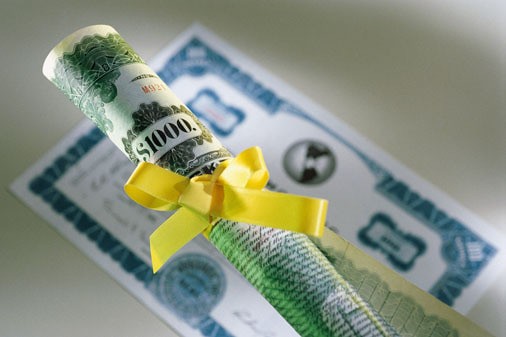How do I decide what mutual fund to invest in
Post on: 4 Июль, 2015 No Comment

Big money in mutual funds is always made by sitting through several business cycles. — William J. O’Neil
Mutual fund investing has become extremely popular in the past two decades; but believe it or not, half of the people invested in some of the best performing funds may lose money! How does this happen? Many people attempt to time their mutual fund purchases as they would their stocks, moving in and out of a particular fund when its performance is down or the general market is undergoing a correction.
The essential rule of mutual fund investing is patience. Big returns in mutual funds are a result of the effects of compounding, which occurs over a span of 10 to 15 years and takes advantage of several business cycles. To reap maximum benefits in mutual funds, they must always be viewed as long-term investment vehicles. The biggest mistake a mutual fund investor can make is to become impatient and miss out on the truly profitable periods of a fund’s performance.
Success in mutual funds is not a difficult process, but it does require some basic guidelines. First, investors should select a diversified domestic growth fund that has a total return performance record in the top 25 percent of all mutual funds for the past three years. The fund should also have a better-than-average performance record in the latest 12 months when compared to other domestic growth funds. It is not necessary for a fund to be one of the very top performers for investors to reap solid rewards over time.
Investor’s Business Daily’s print edition makes identifying these quality funds easy with several unique performance ratings, graphic displays, and specialized screens.
The first column in IBD’s mutual fund tables is the 36 Month Performance Rating. Each fund’s total return performance is calculated (including dividends and capital gains), and updated monthly. We then compare each fund’s performance to all the other funds in our database and assign them a letter grade based on their percentile rating. Funds in the top 5 percent receive an ‘A+’ rating, top 10 percent funds are rated ‘A’, top 15 percent funds rated ‘A-‘, etc. The ratings continue to descend in 5 percent increments to funds in the bottom 70 percent which receive an ‘E’ rating. ‘A+’ through ‘B+’ rated funds appear boldfaced so investors can quickly spot stellar performers.
The following is the weekly schedule for all other data found in our mutual fund tables:
Monday :
1. 36 Month Performance Rating
2. Fund name
3. 4 Week Percentage Change
4. NAV
5. NAV Change
Tuesday, Wednesday, Thursday :














